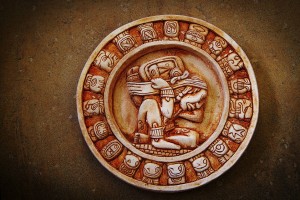 The Tale of Genji
The Tale of Genji
By Murasaki Shikibu (c. 1000)
1 . “The Tale of Genji” is the world’s first novel in any language, which is all the more remarkable considering that until the Heian era (794-1185) there was no native written tradition in Japan. The male educated elite wrote in Chinese, a language forbidden to peasants and women. In frustration, Heian elite women invented their own form of writing by transliterating Chinese characters into Kana, a form of phonetic Japanese speech. Murasaki Shikibu (c. 973-1014), a lady in waiting at the imperial court, transformed that desperate act of the dispossessed into the purest expression of aesthetic genius. The result is that Heian culture is the only one in the world that was conceived and curated by women. The greatness of the novel lies in its astute psychological portraits and exquisite evocation of time and place. But at its core lies a meditation on the female condition—on whether there can be any meaning in a life of gilded isolation.
The Book of the City of Ladies
By Christine de Pizan (c. 1400)
2. French Renaissance writer Christine de Pizan (1364-1430) was not only the first female political philosopher in history but also the first writer to do battle with the misogyny of medieval Europe. Her “Book of the City of Ladies” is an unflinching defense of womanhood. She wrote it, she claimed, so that no woman would ever have to feel the shame that she herself experienced after reading endless denunciations of the female sex. From Aristotle down to Boccaccio, the message was clear—women are morally wicked and intellectually inferior. The book is, all told, a remarkable work, not least for its audacity: The author delivers, slipped between inspirational histories of female paragons, the first enunciation of “no means no”: “It therefore angers and upsets me when men claim that women want to be raped . . . that it could give women any pleasure to be treated in such a vile way.” Continue reading…







 The Tale of Genji
The Tale of Genji





